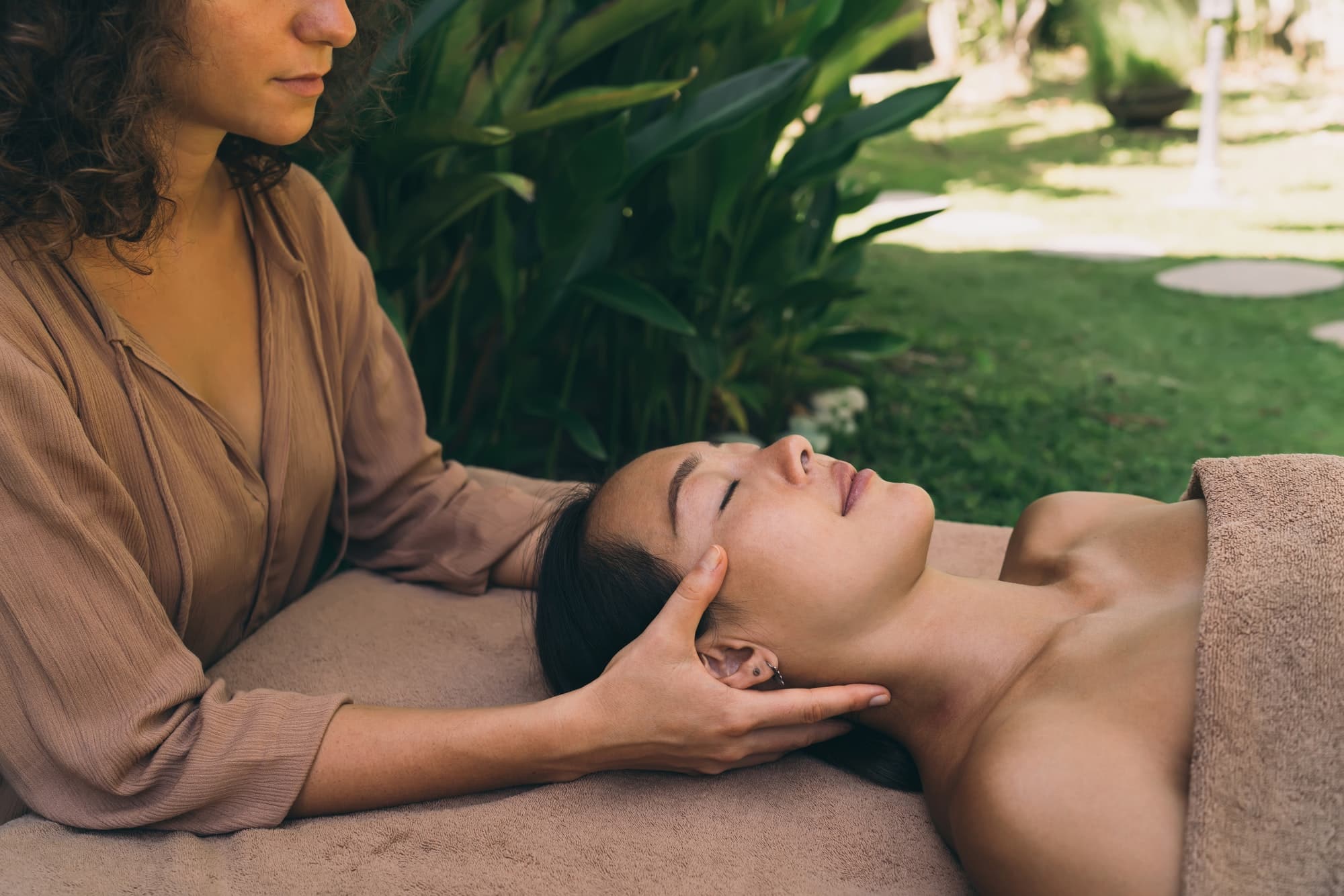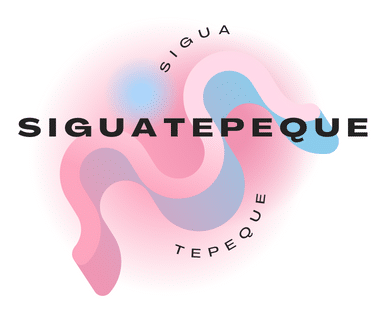How to Effectively Blend Traditional Architecture with Modern Amenities in Real Estate?

In the ever-evolving world of real estate, you face the exciting challenge of combining traditional architecture with modern conveniences. By aligning the charm and craftsmanship of old-style designs with the comfort and efficiency of contemporary features, you can create homes that are timeless yet livable. Let’s take a detailed look at how you can effectively blend these two styles to create a living space that resonates with your taste and lifestyle.
Incorporating Modern Materials in Traditional Architectural Designs
In a bid to keep the essence of traditional architecture intact, one can begin the process with the thoughtful integration of modern materials. Traditional homes often use materials like wood, brick, or stone, which lend a unique appeal and character to the house. Yet, these materials often require regular maintenance and might not deliver the same level of performance or durability as their modern counterparts.
A lire en complément : What Is Co-Living and How Can It Solve Urban Housing Crises?
You can experiment with materials such as steel, glass, and concrete which, while being distinctly modern, can be incorporated seamlessly into traditional designs. For example, a kitchen with a traditional design can benefit from modern materials like stainless steel appliances, concrete countertops, and glass cabinet doors. Furthermore, using modern insulation materials and energy-efficient windows can improve the energy efficiency of the house while retaining its traditional look.
Creating Functional Spaces with Modern Amenities
Traditional architectural designs often have compartmentalized spaces, with rooms dedicated for specific purposes. While this layout promotes privacy, it may not be as useful for those who prefer open-concept living spaces.
Lire également : What Are the Challenges of Constructing Energy-Efficient Buildings in Cold Weather Regions?
To overcome this, you can incorporate modern design techniques to create functional, flexible spaces without compromising on the traditional aesthetic. For instance, you can design a traditional-style kitchen with modern amenities such as a central island for dining and preparing food, smart appliances, and built-in storage solutions. Similarly, a traditional living room can be fitted with modern home entertainment systems, recessed lighting, and smart home automation technologies.
Balancing Traditional and Modern Styles in Interior Design
Blending traditional architectural features with modern styles is not limited to structural changes or the use of materials. It extends to interior design as well, where you can strike a balance between old and new, creating a unique aesthetic that embodies luxury and comfort.
One way to achieve this is by combining traditional furniture with modern accessories. You could retain the classic wooden furniture that is characteristic of traditional homes but accentuate it with modern pieces such as abstract art, minimalist light fixtures, or bold color palettes. This fusion of styles can create a visual interest and make the space more appealing and functional.
Updating Traditional Houses with Modern Architectural Features
Often, the charm of a traditional house lies in its distinctive architectural elements, such as intricate moldings, high ceilings, and large fireplaces. But these features can sometimes make the house seem outdated or less efficient.
By subtly infusing modern architectural features into a traditional home, you can enhance its functionality and aesthetic appeal. For instance, a traditional house with small, separate rooms can be transformed into a modern, open-concept home by removing non-load-bearing walls. Similarly, a traditional closed kitchen can be updated to an open kitchen with a breakfast bar, improving both functionality and interaction.
Reinventing Outdoor Spaces with Modern Elements
The outdoor space of a house, whether it’s a garden, a patio, or a deck, is an integral part of the home’s overall aesthetic. Traditionally, these spaces were designed for specific purposes like gardening or outdoor dining, but modern designs aim for versatility.
By integrating modern elements in your outdoor space, you can make it an extension of your indoor living area. Modern features such as outdoor kitchens, fire pits, and smart lighting can transform a traditional garden or patio into a multi-functional space that offers luxury and comfort. Additionally, using sustainable materials for decking or patios can enhance the look and increase the real estate value of your home.
By considering these aspects, you can seamlessly blend traditional architecture with modern amenities in your real estate. It’s all about striking the right balance and creating a space that epitomizes comfort, luxury, and style.
Harnessing Natural Light with Modern Architectural Styles
A core tenet of modern architecture is the use of ample natural light, which is not only eco-friendly but also enhances the visual appeal of the living space. Traditional homes, with their often smaller windows and compartmentalized floor plans, may sometimes lack in this aspect.
To address this, consider incorporating larger, energy-efficient windows in your house design. You could opt for skylights or floor-to-ceiling windows, which can fill the living spaces with abundant natural light and offer panoramic views of your surroundings. This not only creates a sense of openness but also helps reduce dependence on artificial lighting, thus making your home environmentally friendly.
Renovating old houses may also involve updating window designs to suit modern tastes and requirements. For instance, replacing old, ornate window frames with sleek, minimalist designs can lend a modern touch to your traditional home. Solar window films can also be added to enhance energy efficiency and privacy without compromising the home’s aesthetic appeal.
The idea is to illuminate your living space in a way that respects the traditional architecture while embracing the principles of modern design. By harnessing natural light effectively, you can create a bright, cheerful, and sustainable living environment that is in tune with times.
Reimagining Front Elevations in Traditional Style Homes
The front elevation is the first impression of a house in the real estate market. Traditional style homes are often appreciated for their grandeur and charm, but modern homebuyers may desire contemporary elements in the house design.
While maintaining the classic appeal of traditional homes, you can reimagine the front elevation with modern touches. This could involve adding a front porch that combines elements of modern and traditional design or updating the main entrance with a contemporary door design that still complements the overall aesthetic.
Incorporating eco-friendly elements in the elevation can also enhance its appeal. For example, a green roof or vertical garden can be a visually appealing and environmentally friendly addition to your home. Similarly, using natural materials that age gracefully, such as wood or stone, can help maintain the home’s traditional charm while ensuring durability.
Furthermore, modern lighting can significantly impact the look of the front elevation. Use of sleek, minimalist light fixtures can highlight the architectural details of the home, creating an inviting ambiance.
The front elevation of a house is a testament to its architectural style and the homeowner’s taste. By combining traditional designs with modern elements, you can create a front elevation that is timeless, appealing, and in sync with today’s living spaces.
Conclusion
In the evolving real estate landscape, the blending of traditional architecture with modern amenities offers endless possibilities. This fusion allows homeowners to enjoy the best of both worlds – the timeless charm of traditional homes and the comfort and efficiency of modern living spaces. By thoughtfully incorporating contemporary materials, harnessing natural light, reimagining front elevations, and integrating modern amenities, traditional homes can be transformed into spaces that are comfortable, functional, and aesthetically pleasing.
Remember, the key lies in striking a balance – respecting and preserving the uniqueness of traditional architecture while making room for modern innovations. In doing so, you can create a living space that resonates with your lifestyle, reflects your taste, and stands the test of time in the real estate market.
